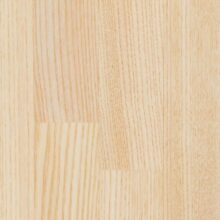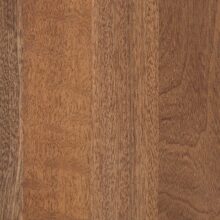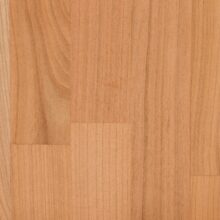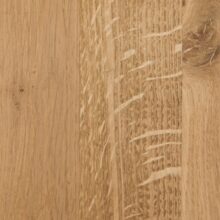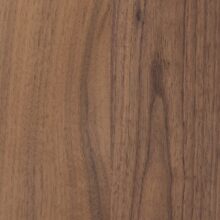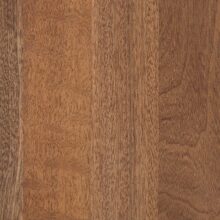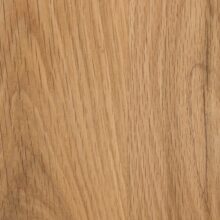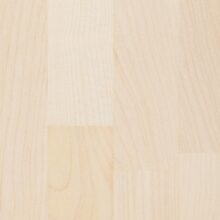Solid Wood vs. Laminate Worktops: A Comprehensive Guide
When it comes to choosing a kitchen worktop, two of the most popular options are solid wood and laminate. Both materials have their unique benefits and drawbacks, making the decision a crucial one for homeowners. In this article, we’ll delve into the key differences, pros, and cons of solid wood and laminate worktops to help you make an informed choice.
Solid Wood Worktops
Aesthetic Appeal
Solid wood worktops are revered for their natural beauty and warmth. Each piece of wood is unique, with its own grain patterns, knots, and color variations. This natural aesthetic adds character to any kitchen and can be a major selling point for those who appreciate organic materials.
Durability
Wood is a robust material that can last for decades if properly maintained. Unlike some other materials, scratches and dents in solid wood can often be sanded out and refinished, restoring the worktop to its original condition. However, wood is susceptible to water damage and can warp or crack if exposed to excessive moisture over time.
Maintenance
Solid wood requires regular maintenance, including oiling every few months to keep it looking its best and to prevent the wood from drying out and cracking. This can be a downside for those looking for a low-maintenance option. Additionally, wood worktops need to be sealed to protect them from spills and stains, and care must be taken to avoid placing hot pots and pans directly on the surface.
Cost
Solid wood worktops tend to be more expensive than laminate, reflecting the cost of the raw materials and the craftsmanship involved in their production. However, the investment can add significant value to your home due to its long-lasting appeal and the timeless beauty it brings to a kitchen.
Laminate Worktops
Aesthetic Versatility
Laminate worktops offer a wide range of designs, including those that mimic the look of natural wood, stone, and other materials. This versatility allows homeowners to achieve the look they want without the expense of more costly materials. Laminate is available in a vast array of colours, patterns, and finishes, making it easy to match with any kitchen style.
Durability
While not as durable as solid wood, laminate worktops are resistant to stains, moisture, and heat to a certain extent. However, they are more prone to scratches, and once damaged, they cannot be repaired in the same way wood can. The surface layer of laminate can also delaminate if exposed to water over time, particularly at the edges and seams.
Maintenance
One of the key advantages of laminate worktops is their low maintenance. They require only regular cleaning with mild soap and water, and they don’t need to be oiled or sealed. This makes them an attractive option for busy households or those who prefer a more hands-off approach to kitchen maintenance.
Cost
Laminate worktops are typically more affordable than solid wood, making them a popular choice for budget-conscious homeowners. Despite their lower cost, high-quality laminate can still provide a stylish and functional work surface that can last for many years with proper care.
Which is Right for You?
The decision between solid wood and laminate worktops ultimately depends on your priorities, budget, and kitchen usage. If you value natural beauty, are prepared to invest in regular maintenance, and have the budget for it, solid wood worktops can offer a luxurious and long-lasting option that adds warmth and elegance to your kitchen.
On the other hand, if you’re looking for a cost-effective, low-maintenance worktop with a wide variety of design options, laminate could be the ideal choice. It’s particularly well-suited for families, rental properties, or anyone who wants a stylish kitchen without the upkeep associated with natural materials.
In conclusion, both solid wood and laminate worktops have their merits, and your choice should reflect your personal style, lifestyle needs, and budget. By weighing the pros and cons of each, you can select a worktop that not only meets your practical requirements but also enhances the overall look and feel of your kitchen.
